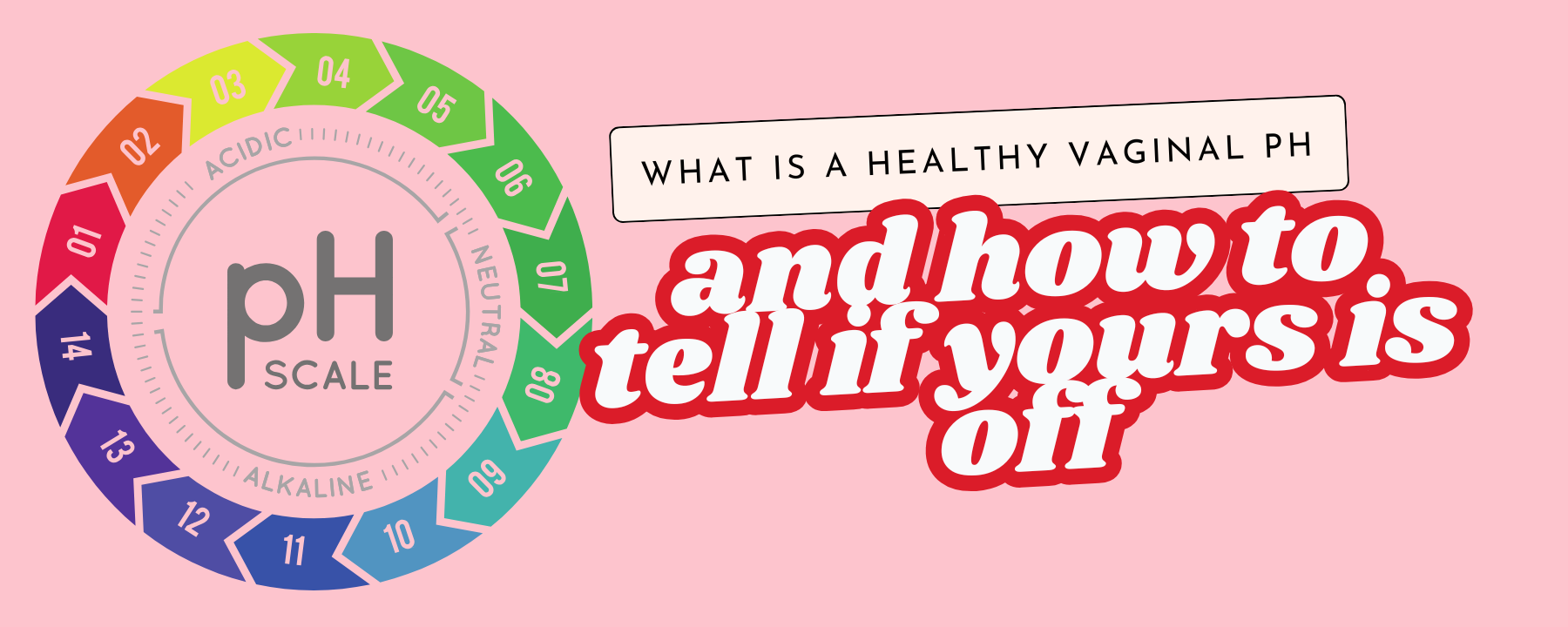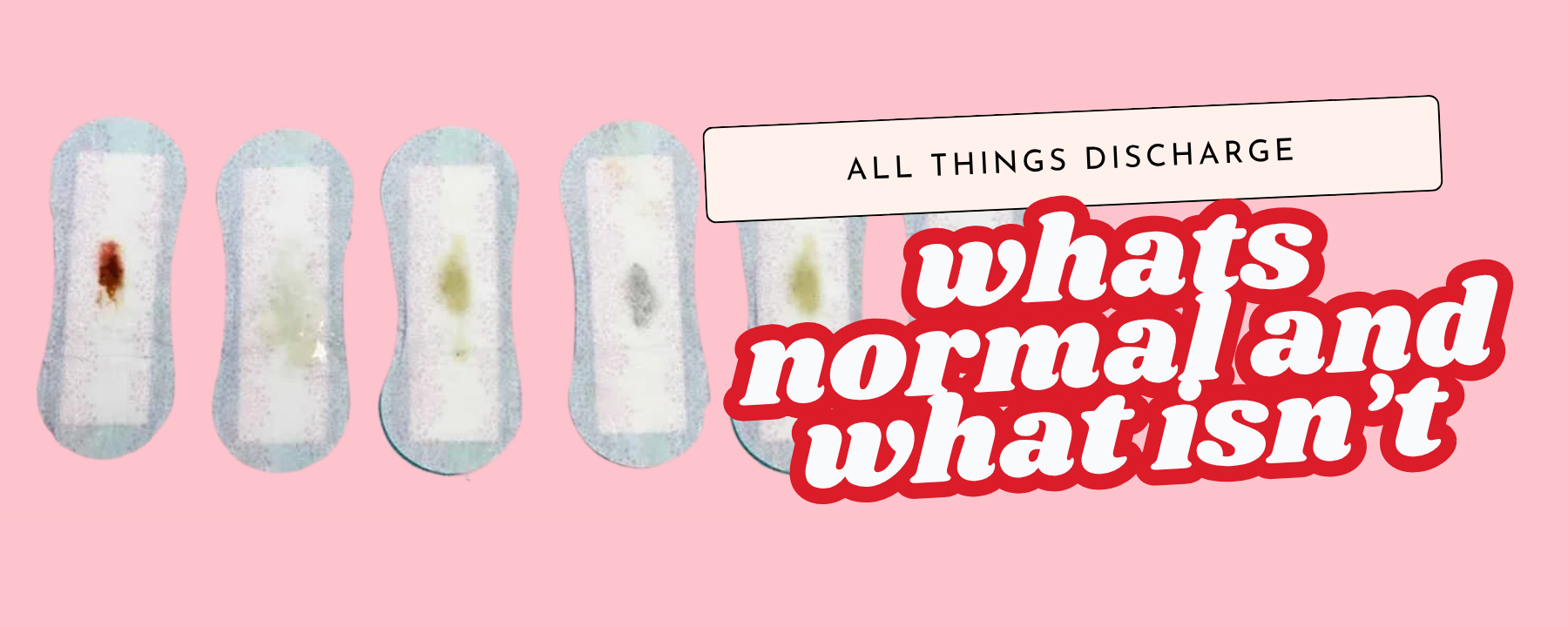What Is a Healthy Vaginal pH (and How to Tell If Yours Is Off)?

A healthy vaginal pH is slightly acidic—about 3.8 to 4.5. That acidity, largely maintained by Lactobacillus bacteria, helps block overgrowth of other microbes that can trigger odor, irritation, or infection. pH can shift temporarily (for example after sex or during your period) or with life stages like pregnancy and menopause. If you notice strong new odor, unusual discharge, itching, or pelvic discomfort, it’s time to check in with a clinician.
Why pH matters (and what it actually is)
pH is a 0–14 scale describing how acidic or alkaline something is. The vagina’s baseline is acidic; that acidity supports a protective microbiome dominated by Lactobacillus and helps keep opportunistic bacteria and yeast in check. When acidity drops (pH rises), the balance can tip toward conditions like bacterial vaginosis (BV).
The healthy range—by life stage
-
Reproductive years: Most people sit around 3.8–4.5. This is the range most clinical sources cite as “normal.”
-
Before puberty and after menopause: It’s common for pH to trend higher (less acidic) because estrogen levels are lower, which changes the vaginal environment. A “normal” number therefore depends on age and hormones—context matters.
Signs your pH may be off
You don’t need a lab to suspect a shift. Watch for these signs and patterns:
-
BV clues: A thin, gray/white discharge with a “fishy” odor, often more noticeable after sex; vaginal pH typically > 4.5.
-
Yeast clues: Intense itching, irritation, and thick, “cottage cheese”–like discharge; pH is often within the normal range for yeast infections. A pH strip alone won’t diagnose it.
-
General red flags: New or strong odor, unusual color or consistency of discharge, pelvic pain, bleeding, or fever—see a clinician.
Important: Don’t douche to “fix” odor. Douching disrupts the natural flora and is not recommended by major medical organizations. Clean the external vulva only, with water or a mild, fragrance-free cleanser if you prefer.
What temporarily changes vaginal pH
-
Semen: It’s alkaline (around pH ~8), so sex without condoms can temporarily raise vaginal pH. Using condoms may lessen that pH bump.
-
Menstrual blood: Blood is less acidic than baseline vaginal fluid, so pH can trend higher during your period.
-
Antibiotics: They may reduce lactobacilli, which support an acidic environment.
-
Pregnancy or menopause: Hormonal shifts change the vaginal ecosystem and can alter pH.
-
Foreign body/retained tampon: Can disrupt balance and cause odor—seek prompt care if suspected.
Can I check my pH at home?
Yes—OTC vaginal pH tests (swabs/strips) can help you screen when you have symptoms, but they don’t diagnose the cause of your symptoms. If your pH is high or symptoms persist, talk to a clinician for evaluation (they may use clinical criteria like Amsel’s criteria for BV or lab testing).
How to test (screening only):
-
Wash your hands.
-
Follow the kit instructions to collect a sample and apply it to the test area.
-
Wait the indicated time and compare color to the chart.
-
Record the number and symptoms.
-
If pH is high (>4.5) or you have persistent symptoms, book a visit
Everyday habits that support a healthy balance
-
Skip douching and fragranced sprays on the vulva; they can irritate and disrupt flora.
-
Clean the external vulva only, with water or a mild, unscented cleanser; never wash inside the vagina.
-
Choose breathable underwear and change out of wet swimsuits or sweaty workout clothes promptly. These small steps help reduce moisture/irritation.
-
Post-sex and post-period: a gentle external rinse can help you feel fresh while your pH settles back to baseline.
-
If you’re symptomatic, avoid self-treatment roulette. Get checked to confirm BV vs yeast or other causes; treatments differ.
BV vs. Yeast vs. “Other”: a quick comparison
|
Condition |
Typical pH |
Common Clues |
What to do |
|
Bacterial vaginosis (BV) |
Often > 4.5 |
Thin gray/white discharge, fishy odor (esp. after sex) |
See clinician; BV is usually treated with antibiotics. |
|
Yeast infection |
Often 3.8–4.5 (normal) |
Intense itch/irritation, thick “cottage cheese” discharge, little/no odor |
See clinician for confirmation; antifungals treat yeast. |
|
Other causes (e.g., STIs, retained tampon, dermatitis) |
Varies |
Pain, bleeding, fever, foul odor, unusual color |
When to see a clinician
-
Strong new odor, unusual or colored discharge, vulvar pain, fever, pelvic pain, bleeding, or recurrent symptoms.
-
Symptoms that don’t improve or keep returning after OTC care or home testing. A clinician can differentiate BV, yeast, trichomoniasis, and other conditions and treat appropriately.
FAQs (Quick Answers)
What is a healthy vaginal pH?
About 3.8–4.5 during reproductive years—slightly acidic to support a protective microbiome.
Can period blood or semen change my pH?
Yes. Both are less acidic than baseline vaginal fluid and can raise pH temporarily.
Do at-home pH strips diagnose infections?
No. They’re screening tools that show acidity/alkalinity but can’t identify the cause. If symptoms persist or pH is high, see a clinician.
Should I douche to fix odor?
No. Douching disrupts healthy flora and is not recommended by major medical groups. Clean the external vulva only.
What does “normal discharge” look like?
Clear to white, without a strong unpleasant smell. Texture can range from sticky to slippery across your cycle.




Comments